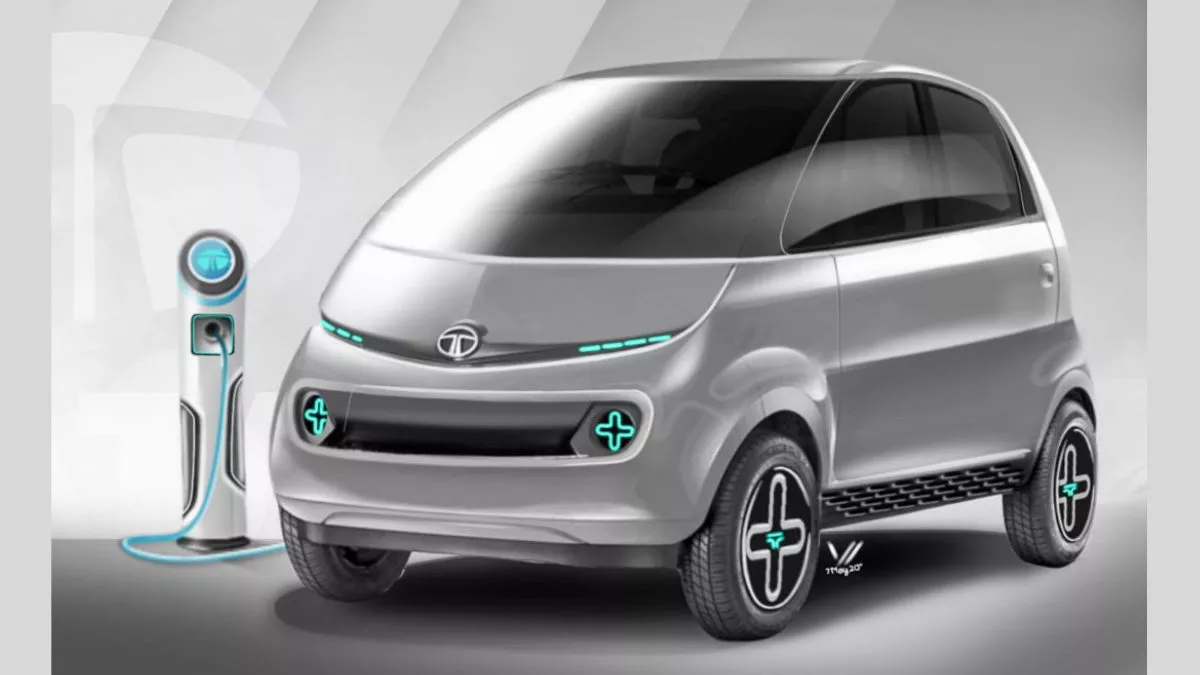The Tata Nano, once touted as the “world’s cheapest car,” captured hearts with its affordability and practicality. However, its journey was riddled with challenges, eventually leading to its discontinuation in 2019. But whispers of an electric revival, the Tata Nano EV, have surfaced, sparking excitement and questions. Let’s delve into the potential of this electric reincarnation.
Redefining Affordability in the EV Market:
The original Nano’s biggest draw was its low price tag. If Tata manages to replicate that affordability with the EV version, it could be a game-changer. This would make EVs accessible to a wider audience, potentially accelerating India’s electric mobility transition. However, achieving this low price point with the added cost of battery technology remains a significant challenge.
Range and Performance:
Early reports suggest the Nano EV might boast a 17 kWh battery pack offering a range of 300 kilometers. This, if true, would be impressive for its segment and address range anxiety concerns for city commutes. However, questions about top speed and performance linger. Will it prioritize affordability over zippy acceleration, or can it strike a balance?
Modern Features and Safety:
The original Nano faced criticism for its lack of basic features and safety concerns. The EV iteration must address these shortcomings. Air conditioning, power steering, and infotainment systems are essential, while airbags and ABS are non-negotiable. Balancing these features with affordability will be crucial.
Market Landscape and Competition:
The Indian EV market is rapidly evolving, with established players and new entrants vying for space. The Nano EV will face competition from budget-friendly options like the Mahindra e2oPlus and upcoming Maruti Suzuki WagonR EV. Standing out will require a compelling combination of affordability, range, and features.
Uncertainties and Challenges:
While the concept of an affordable Nano EV is exciting, several uncertainties remain. Tata hasn’t officially confirmed its development or launch timeline. Concerns exist about battery sourcing, production costs, and meeting stricter safety regulations.
The Road Ahead:
The potential impact of the Tata Nano EV is undeniable. It could democratize electric mobility in India, making it a viable option for millions. However, navigating the challenges of affordability, range, features, and competition will be critical. Only time will tell if the Nano EV can live up to its promise and become a reality, redefining the electric mobility landscape in India.



